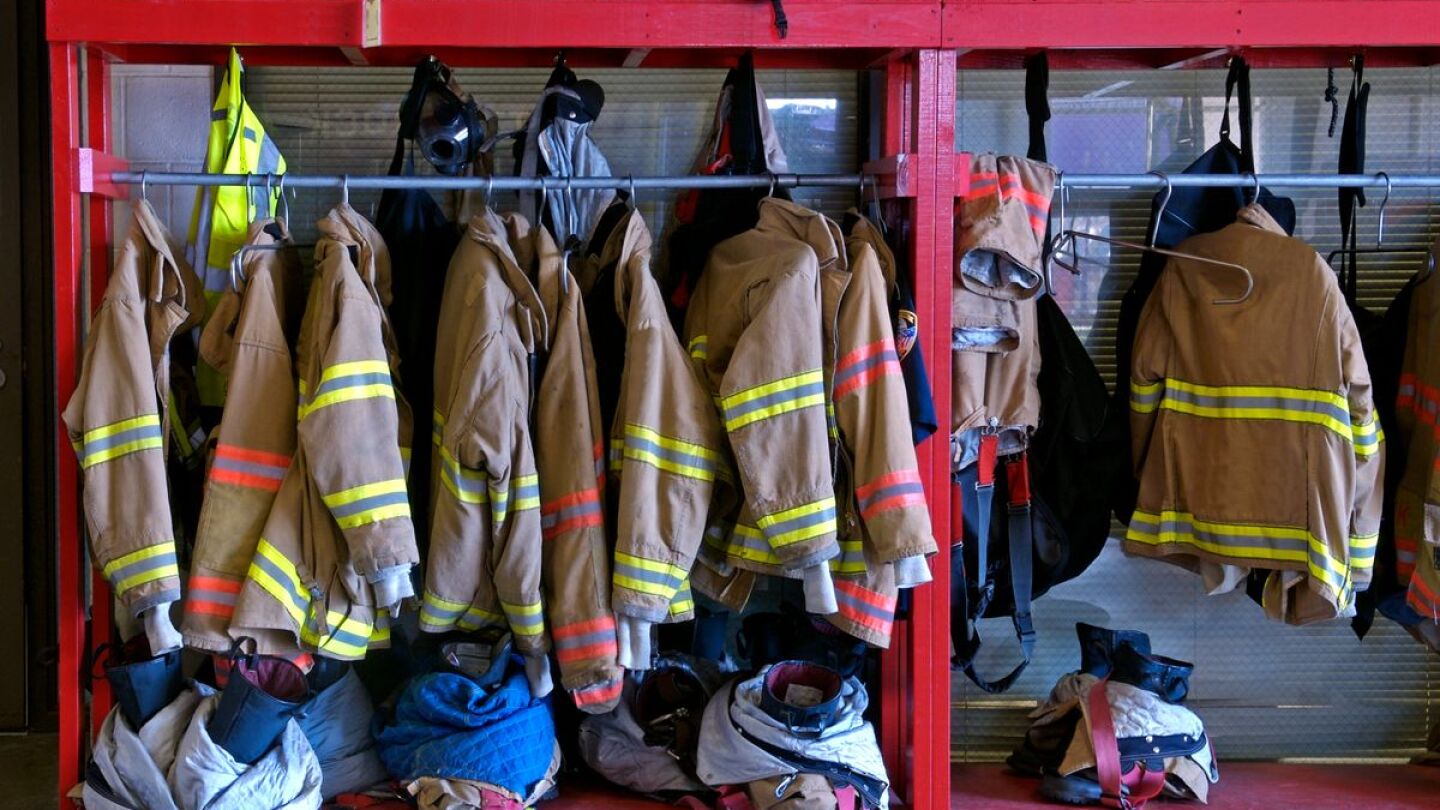Fire Policies
Policies are the foundation for all operations in the fire service. From apparatus backing to anti-retaliation, policies set expectations, provide guidance, and protect firefighters and fire departments. This section highlights how fire department policies play out in the real world, while also connecting you with best practices for drafting, updating and ensuring accountability with policies.
Every fire department, regardless of size or whether they are a career or volunteer organization, needs both written policies and procedures
Four questions to help leaders refine how to educate their members on fire department discrimination and reporting practices
A well-executed chief’s inspection can mean the difference between a department that is merely functional and one that excels
Understanding the origin, meaning and controversy related to the thin red line flags
Grant experts break down the latest opportunities, strategies, and insider tips to help your agency secure critical funding
Understanding the appointment process for the new U.S. fire administrator and how interim roles step up to support the team during the transition
Effective policies — and effective training to reinforce them — can make or break an agency
Fire departments and individual members can take several measures to make cold weather operations safer and more comfortable
With the right training and direction, rapid intervention should never be a dull assignment
Using social media to research potential firefighter candidates could cause problems for your department
What you need to know about the new consolidated standard and what that means for your department
A detailed look at what we know about female firefighters’ on-the-job experiences and health impacts
Live fire training must be managed with rigorous preparation and adherence to regulations
The connection between positive leadership traits and policy enforcement
Strong policies must be bolstered by training and enforcement
The Microsoft/CrowdStrike failure exposed glaring vulnerabilities to our systems and now serves as a critical reminder to train on contingency plans
Many apparatus crashes could be prevented through simple process improvements and mechanical checks
It is sometimes difficult to know what equipment, training and miscellaneous expenses our agencies should cover
What is your experience on this risky subject?
What happened at the recent NFPA technical meeting – and what does it mean for firefighters?
Where do you land on the hot button issue?
Regular training helps agencies ensure their personnel are not only compliant but also prepared to handle the complexities of their roles
The East Franklin Fire Department has until June 30 to sign a contract or turn in gear and cease operations
Reflecting on OSHA requirements and the position paper that has everyone talking
Every little thing counts, whether related to equipment, operations, or communication
Without good policies to provide guidance, your department will never be fully effective as an organization
What are the rules for discipline at the chief officer level?
Orange County Fire Authority’s Organizational Doctrine became a North Star for the agency
MOST POPULAR
- Poll call: Is it OK to break the window of a car blocking a fire hydrant?
- On-demand webinar: The final NFPA 1970: Key protections and implications for firefighter safety
- What does the thin red line flag mean?
- OCFA’s mission-driven move from compliance- to intent-based culture
- RIT training: Focus on simplicity and speed over complexity and gadgets






























